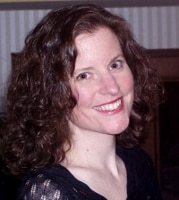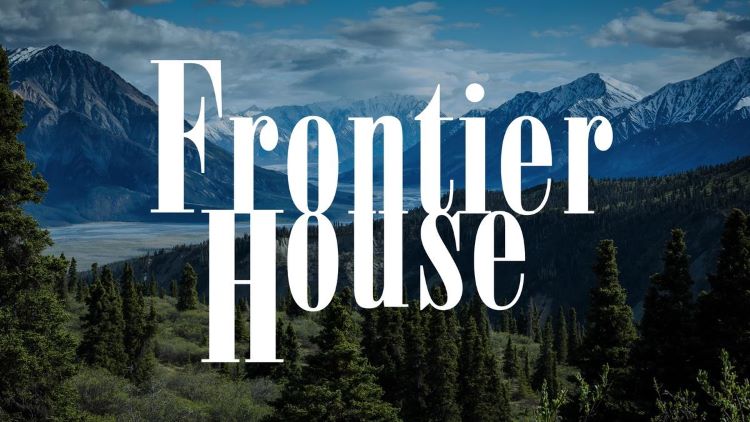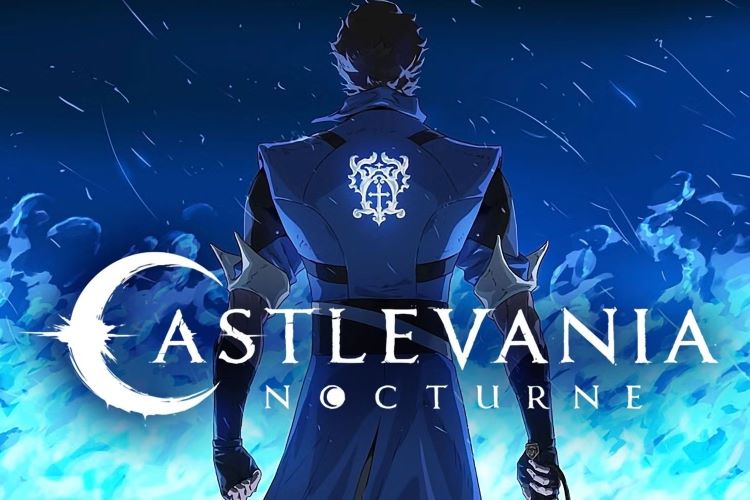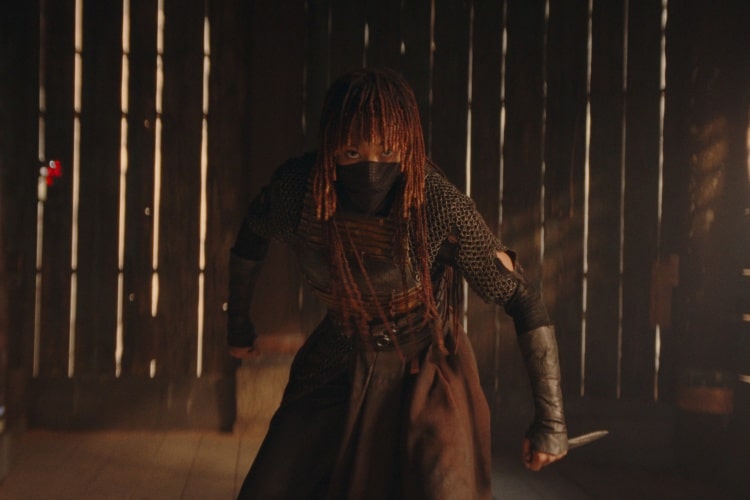Quit yer whinin’, it ain’t attractive
Main Cast: The Clune family, The Glenn Family, The Brooks Family
I’ve just recently learned something about myself. A disturbing, yet entirely predictable insight. It would appear that I would be a terrible, horrible, no good, very bad frontierswoman. So bad, in fact, that I would very likely perish. I would slowly waste away as vermin infested my inadequately constructed cabin and nibbled on my unfit-for-human-consumption frontier cooking. But this isn’t what would lead to my ultimate demise. Oh, no. I would, in all probability, be murdered by the bare hands of a fellow frontier dweller that just could not stand one more minute of my bemoaning the terrible conditions in which I was forced to live. And no jury in the world would convict them. At least no jury made up of people who had seen the PBS series Frontier House.
In 2001, PBS aired what is the equivalent of a Public Television Reality TV Show (now available on two DVDs, each containing three one hour episodes). The good folks at PBS offered three families the opportunity to experience life on the frontier. The real frontier. They would recreate the year 1883 as accurately as possible, and our band of merry pioneer-wannabes would have the chance to live the life of a true homesteader for five months. The location for the project would be deep in rural Montana, where there is still enough wilderness to sustain such an effort. The families would have to live like the folks who traveled west during the early 1880s to take advantage of the Homestead Act, promising free land to those who settled the area.
The Frontier House series tells the story of these three families. Our cast of characters (or actual people in this case) includes the Clune family, the Glenn family and the Brooks family. The Clunes are, essentially, rich people (two adults and four children) from Malibu who live in a mansion. The Glenns (two adults and two children) are a middle class, church going family from Tennessee. The Brooks are something of an evolving family. They start out as a young man and his father, and become a young man and his new bride two months into the project. The families are very different in background and personality, making for some very interesting, not to mention entertaining, community interaction.
The project begins with two weeks of training in the ways of life on the frontier. The families will be expected to live as they would have in 1883, having only the things available at the time. Thus they need some training in how to use those things. Very few families living in the twenty first century know how to cook cornbread over an open fire, or use a washboard to clean clothes, much less build a log cabin with hand tools. Once they have some basic skills, they leave behind their 2001 possessions and conveniences (including electricity, showers, toilet paper, 7-11s), and take on the lives of frontier families.
The amazing thing about Frontier House is the lengths to which the series creators go to insure that the project is as authentic as possible. Everyone wears period clothing – not costumes, but the real, uncomfortable, cumbersome stuff of the 1880s. The supplies are packaged in appropriate containers. The families are given backgrounds, including financial backgrounds, which make them disparate. People did not all arrive on the frontier with exactly the same amount of resources, and neither do our families.
The largest modern convenience – if you can call it a convenience – they have is a video recorder with which to record diaries. There are also measures taken to insure that they have a safe source of drinking water (though they will still need to haul it), and of course medical help is available if necessary. But as for daily living, apart from the fact that they are being filmed, they must do for themselves. They must build or buy or luck into shelter. They must budget for, store and ration supplies. They must prepare their meals and find a way to make money in order to restock supplies as necessary. They must live in this isolated area with people they don’t know (and more horrifying, their own families). And they must attempt to make a community – for without depending on each other, all will surely fail. The most difficult thing is that they have to do all these things without hurting/maiming/killing anybody involved. A truly Herculean test of will.
The only drawback is the time allotted the project. The families live the frontier life for five months – preparing for winter, but not attempting to live through it. It was the winter that was the greatest test for the actual frontier families, and you can sense some disappointment on the part of (at least some of) the participants that they don’t get a chance to see if they could make it. It would have been interesting to see if the families could live through this difficult and unpredictable season, though I suspect unreasonably dangerous as well.
What we have here is really a wonderful look at the truth of living on the frontier. There is no Pa Ingalls playing his fiddle as the children dance and laugh. There is very little opportunity to revel in the “simple life”. What there is, though, is a whole lot of hard work. Watching as the families struggle to live as so many of thousands of people did on the frontier is amazingly intriguing. A lot of the struggles they face to complete just those tasks necessary for survival are things that we would never even think of in our imaginings of frontier life. And this is all captured on film.
The program itself is modeled after the British series 1900 House, and is produced by the same man, Simon Shaw. Shaw is deeply dedicated to historical accuracy, taking tremendous pains to consult those historians who can help him capture the frontier as it actually was. Clothing is handmade, tools are crafted to exacting specifications, cookware is procured that is period appropriate. Shaw is aided in his task to show us this experiment by phenomenal photographer Will Edwards. Though each segment has a different director, Edwards films the entire thing. His use of time lapse shots of the Montanan sky give imagery to the passage of time. He captures the land, the people and the project in equal measures, making sure to provide enough environmental footage to give the “interview” portions of the program a full and rich context that better helps us understand what these people are experiencing. Between the painstaking efforts to make the project as historically realistic as possible and the marvelous photography, we’re given a really good feel for these people, this experiment and more importantly for the reality that was frontier life.
Essentially, Frontier House is a rich history lesson wrapped around a nice bit of voyeuristic reality TV. We get the squabbles and complaining and all around social weirdness that are the staples of reality TV, but without the smarmy, contrived peril. There are no phony “tests” here to prove who is the most fit. There is no contest to see who has to leave. All of the challenges are the same as those faced by the actual frontier families. Weather, personality clashes, lack of resources – these are all the very real things that made or broke the families that did live through this in the 1880s. And they are what ultimately make or break the families of Frontier House.
I now feel more fortunate than ever to be living in the 21st century. For as I said before, I would most certainly have been left for the vultures out on the frontier. Watching Frontier House has given me a new respect and admiration for those who survived on these lonely and perilous homesteads. PBS has put together a fine, and tremendously entertaining, tribute to those pioneers. And fortunately for me, they have put it all on DVD, so that I don’t have to actually fail at being a frontierswoman to gain valuable personal insight. I can do it all from the comfort of my Girl Scout Cookie strewn couch. And so can you!
More PBS Reality

Sue reads a lot, writes a lot, edits a lot, and loves a good craft. She was deemed “too picky” to proofread her children’s school papers and wears this as a badge of honor. She is also proud of her aggressively average knitting skills She is the Editorial Director at Silver Beacon Marketing and an aspiring Crazy Cat Lady.






Leave a Reply